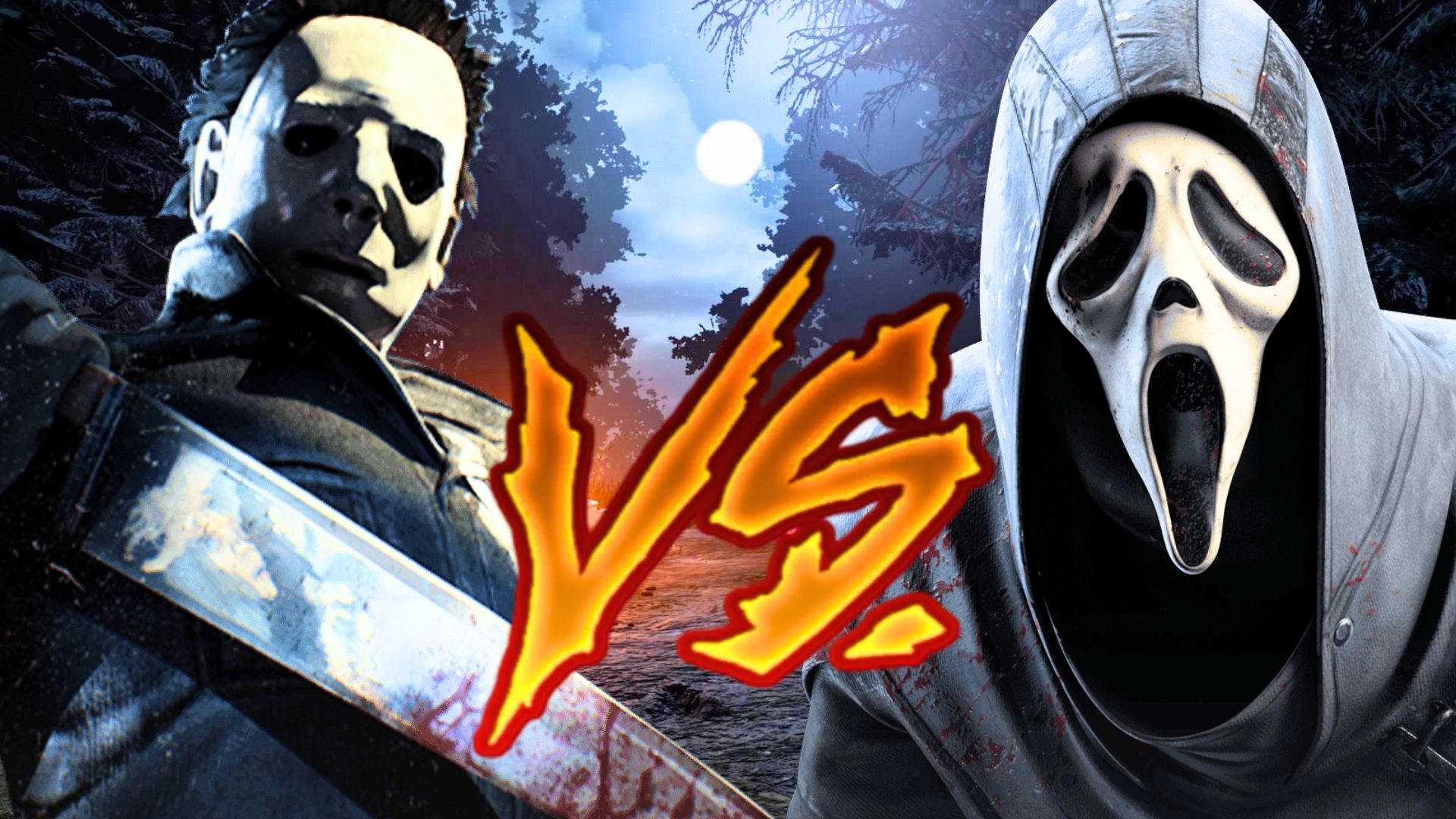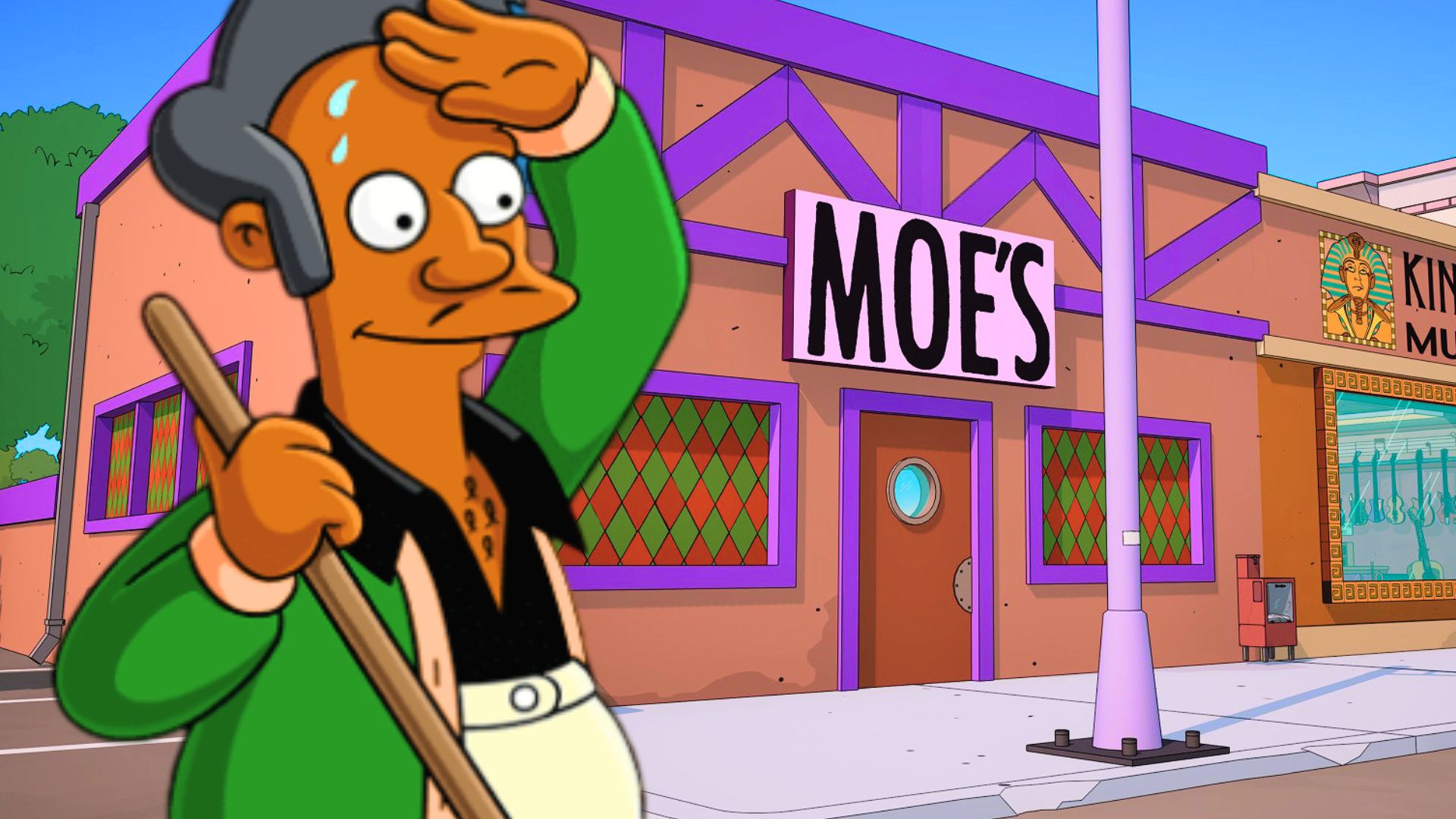You can trust VideoGamer. Our team of gaming experts spend hours testing and reviewing the latest games, to ensure you're reading the most comprehensive guide possible. Rest assured, all imagery and advice is unique and original. Check out how we test and review games here
Advertising in games was identified many moons ago as another potential revenue stream for publishers, and implementation has, at the current time, been fairly well-integrated – think of sports titles, which primarily can use actual advertising to help re-create the atmosphere of ‘being there’. Of course, in-game advertising is a thorny issue with gamers; anybody who frequented a games-forum around the time of the announcement that Splinter Cell would have Sam Fisher using a Sony Ericsson mobile phone will remember the furore it caused.
Still, you can’t deny progress. Down Under Ingame Advertising has recently completed a survey of 500 male European gamers from 22 countries to get their views on in-game advertising, spending habits and interests. Commenting on the survey, Ab Kuijer, Managing Director of the Down Under [Creative Tribe] group, explained the Euro-focus “We focused on Europe because most of the research on this topic has so far been on the US market, and there are clearly differences between European and US consumers. We closely follow everything that is happening in the overseas markets but the models and research done in the US are not always applicable in Europe. Therefore we have taken it upon ourselves to provide more consumer insight specifically for our European clients.”
Being based on a very small sample the results cannot be taken as being representative of gamers in general, but the survey threw up some interesting responses, along with some fairly expected ones. Expected information returned revealed that the participants describe themselves as ‘normal’ and ‘average’ gamers (whatever the hell that means), and music and clothing feature highly in their spending habits. More interesting, however, was that the split between social and solo gaming is fairly even (54% to 45% in favour of social gaming are the quoted figures), and that most gaming occurs between traditional TV hours (8pm – 10pm). It also threw up that some 73% of respondents had noticed branded products already in games, and that anecdotal evidence suggests that music offers one of the more creative ways of getting advertising into games. More info on the survey can be found at the official site.
As for what this means to us gamers, well, expect to see a lot more in the way of branded items and features (read: gimmicks) in the games that are tailored to the advertisers’ range of products in the near future. What form such advertising will take is open to speculation, but be in no doubt that it’s coming; in a report last week US company Massive announced that they had signed exclusive deals with various publishers to arrange advertising in games.
Stay tuned to Pro-G for news of further developments.





